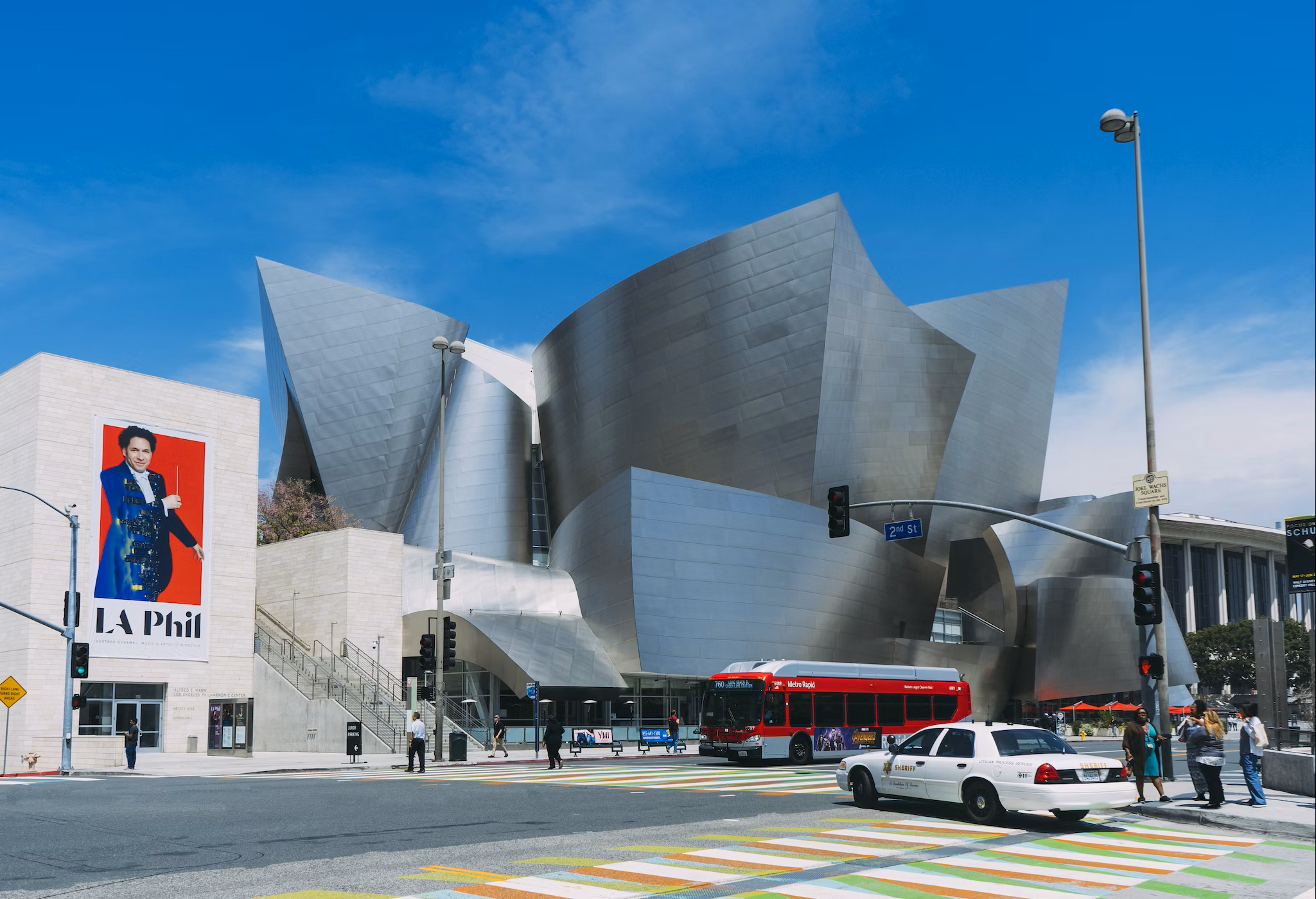5 Fundamental Design Principles of Architecture
By Microsol Resources, Graitec Group | BIM, Collaboration, Data Management, Digital Twin
5 Fundamental Design Principles of Architecture
From ancient Greek statues to modern graphic design, every art form can be broken down into basic design fundamentals—line, shape, form, color, value, shape, and texture. Architecture is no exception and can also be dissected using these basic design elements. However, since architectural work is such a distinctive and functional art form, it also has its own set of design principles.
Architectural design principles further define the basic elements of design in a way that specifically relates to the art of architecture. They are invaluable for architectural understanding, learning, troubleshooting, and growth.
Why Are Architecture Design Principles Important?
Architectural design principles are the building blocks of successful design. While they each focus on different elements of the design, they must work in tandem to ensure that a structure is visually pleasing and unified. In addition, a basic understanding of these principles assists with:
- User Experience: A building needs to work for its purpose and its occupants. Using architectural principles can assist with the flow and movement of the layout to ensure users are comfortable and supported in their daily tasks and goals. Furthermore, these basic principles translate well to interior design.
- Troubleshooting: Whether you’re in the preliminary design phase using AutoCAD software or staring down a half-built building, knowing the architectural design principles will help you pinpoint visual and functional offenses. Any structure or design can be broken down into these design principles to assist in finding what works and what doesn’t. Think of them like a troubleshooting checklist to tweak design decisions.
- Communication: Architecture design principles are the foundation for not only good design but also effective communication. They allow teachers to better explain the architectural design process and make for clearer communication between colleagues.
- Creativity: To push the boundaries of design, you must first understand what you are pushing against. Yes, there are pieces of architecture that bend the rules and principles. However, note that this isn’t due to a disregard for them—it is often the mastery of the principles that allow an architect to successfully push the “rules of design”.
Architecture Design Principles
1. Principle of Balance
What type of symmetry does the structure have? Does it achieve visual balance?
This important principle is perhaps the easiest to identify. It refers to the visual balance, which in its most basic form can be categorized as symmetrical balance or asymmetrical balance.
- Symmetrical: Whatever you place on the right of the building, you also put on the left. It is almost as if one side of the building is a mirrored reflection of the other. Although, note that some design elements can vary slightly from side to side. When a building is the same on the left side and right side, such as common skyscrapers, this is referred to as bilateral symmetry. You can also have a symmetrical building that reflects across a horizontal axis in the middle of a building—where the top of the building is the same as the bottom.
Examples of symmetrical buildings include the United States Capitol Building, Taj Mahal, Pantheon, and Baiturrahman Grand Mosque. Photo Source. Baiturrahman Grand Mosque.
Photo Source. Baiturrahman Grand Mosque.
- Asymmetrical: The two sides of the building do not mirror each other but hold the same visual weight to create balance. In these cases, the surrounding natural and built environment may help achieve balance. However, asymmetrical builds rely more on other design elements to ensure an even distribution of visual weight to create a sense of stability and unity.
 Photo Source. Walt Disney Concert Hall in Los Angeles is asymmetrical with its highly unique shape. To achieve unity, it leans into the other principles of design and architecture, such as the rhythmic repetition of the block pattern on the steel façade.
Photo Source. Walt Disney Concert Hall in Los Angeles is asymmetrical with its highly unique shape. To achieve unity, it leans into the other principles of design and architecture, such as the rhythmic repetition of the block pattern on the steel façade.
Symmetrical and asymmetrical balance are the most basic forms of balance. However, you can also have other forms of symmetry in a structure and its architectural components. For example, radial symmetry that stems from a center point, such as a round stained-glass window, or spiral symmetry, such as spiral staircases.
2. Principle of Emphasis
What do you want the eye to be drawn to? What will lead it there?
All designs need a focal point—a natural place for the eye to rest. Without one, a building may feel unbalanced and chaotic.
To emphasize a focal point, an architect may use line, color, shape, texture, and mass. More specific methods of emphasis include:
- Vertically aligning multiple focal points to create a focal axis.
- Employing the rule of thirds for focal point positioning.
- Using a framing mechanism to frame the design using neighboring buildings.
3. Principle of Proportion & Scale
Photo Source. While a skyscraper may fit effortlessly into a cityscape, it would look out of place in a country setting.
Are the building components proportional to each other? Does the design scale well to the surrounding environment?
- Proportion: The relation between the building components. They should unify with each other and achieve visual harmony.
- Scale: How the design spatially relates to the surrounding natural and built environment. It should not overwhelm neighboring designs, nor should it be overwhelmed.
4. Principle of Movement
How does the eye explore the work? How do users navigate and experience the building?
- Eye Movement: Movement of design is what guides the viewer’s eye across the work. It may lead to a focal point or emphasized portion of the structure. Patterns and emphasis may be used to guide the eye and add visual interest.
- User Movement refers to form and function—specifically, the layout and how users experience the building. The design should have space and flow for them to achieve their daily tasks with ease. Consider basic functionalities and the most common paths a user will take to get from point A to point B in the building. For example, for a commercial building, it may be from their workspace to the bathroom. Is the path obstructed? Can it be optimized?
5. Principle of Rhythm
 Photo Source. The repetition of triangles on the Sydney Opera House creates a rhythmic flow. It does not present itself in a pattern but has a random rhythm.
Photo Source. The repetition of triangles on the Sydney Opera House creates a rhythmic flow. It does not present itself in a pattern but has a random rhythm.
Does the structure have flow? Does it employ repetition or pattern to create rhythm?
Rhythm is key to the flow of a building and is commonly created with repeating elements. A very basic example of this is how a house generally uses the same window shape across the entire design. Repetition adds unity to a structure, but it can also add movement in some cases (much like how repetition adds movement to famous works of art, such as the swirls in Van Gogh’s Starry Night).
Lastly, while not all repetition forms a pattern, all patterns have repetition. Since a pattern is predictable, it is easy and enticing for the eye to follow. Therefore, it is common to see patterns used to emphasize and draw the eye to a specific part of the design, like a focal point.
INDUSTRIES: Architecture, Buildings, Property Owner & Facility Manager







